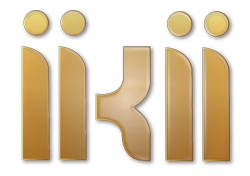Research Article
Comprehensive Self-evaluation of Teacher’s Literacy for Students Directed to Rural Schools
More Detail
1 School of Urban and Environmental Science, Huaiyin Normal University, Huai’an 223300, China2 School of Civil Engineering of Jiaying University, Meizhou, Guangdong, 514015, China* Corresponding Author
Educational Innovations and Emerging Technologies, 2(3), September 2022, 12-16, https://doi.org/10.35745/eiet2022v02.03.0002
Published: 30 September 2022
OPEN ACCESS 239 Views 173 Downloads
ABSTRACT
The quality of training rural students in schools is related to the sustainable development of rural education. Thus, it is important to analyze the characteristics of the self-cognition evaluation of teachers’ quality in rural schools. Taking Huaiyin Normal University as an example and conducting a questionnaire survey of 144 students, we drew the following important conclusions through descriptive statistical analysis and chi-square test. (1) The self-evaluation of self-development was relatively lower than average. (2) The self-evaluation of students’ morality, professional competence, and self-development of students in the middle of Jiangsu was slightly worse than that of northern Jiangsu. (3) The difference between urban and rural areas was not significant. (4) The higher the grade, the greater the self-evaluation, but the self-development literacy was not improved significantly. In response to these problems, the following suggestions were made. Geography-oriented teacher training assessment must be introduced in an elimination system. Also, teachers need to focus on career planning and enhance the sense of educational mission. At the same time, teachers are required to focus on self-reflection and enhance their self-learning ability.
CITATION (APA)
Xu, H., Hsu, W.-L., Bao, R., Zhu, H., & Song, S. (2022). Comprehensive Self-evaluation of Teacher’s Literacy for Students Directed to Rural Schools. Educational Innovations and Emerging Technologies, 2(3), 12-16. https://doi.org/10.35745/eiet2022v02.03.0002


 The articles published in this journal are licensed under the CC-BY Creative Commons Attribution International License.
The articles published in this journal are licensed under the CC-BY Creative Commons Attribution International License.